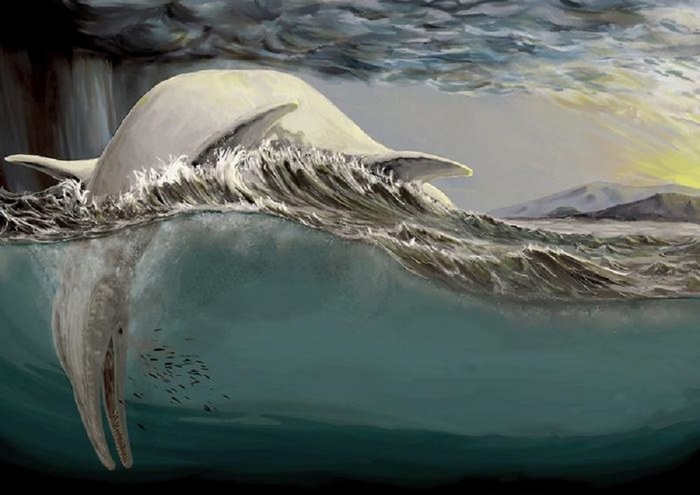Mystery of gigantic fossilized bone fragments found scattered across half of Europe has been solved after 150 years. Their microstructure demonstrates that they were pieces of ichthyosaur jaws.
The study is published in the journal Peer J by the young Italian paleontologist Marcello Perillo, from the German University of Bonn. The enigma of fossil bones began to take shape in 1850, when British naturalist Samuel Stutchbury announced the discovery of the first of these mysterious cylindrical bone fragments in a fossiliferous deposit near Bristol. Subsequently other similar finds were found in various European locations, such as in North Rhine-Westphalia and Provence. The bone wall resembles that of materials reinforced with carbon fibers and probably served to ensure rapid growth of the bone while keeping it stable, Perillo points out. According to the researcher, the fragments derive from the lower jaw of ICHthyosaurs, bones that "were exposed to strong shearing forces even when the animal ate normally"

